Heineken: Interior Design
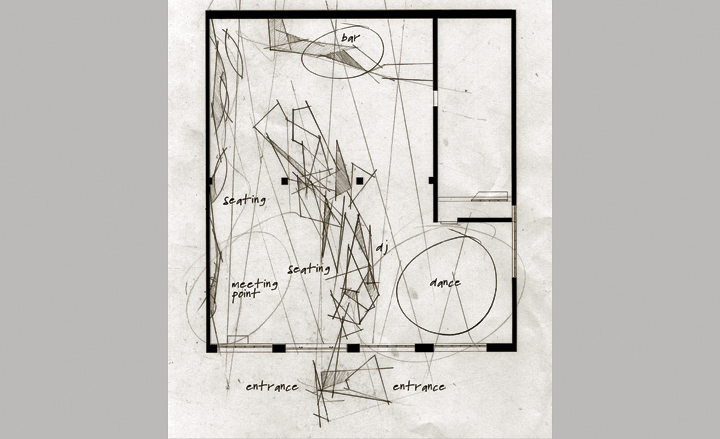
Interior Design
A fresh approach in considered, practical and intuitive interior design has been central to the development of Heineken’s ‘Open Design Explorations' project. As well as a working knowledge of contemporary nightclub culture, of course. Young talent combined with experience to explore the ‘science of social engagement’ and conceive a pioneering interpretation of the ‘social space’. The interior design team was encouraged to work on the notion of creating unexpected, vibrant future concepts, and collaborate in the production of a boundary-pushing ‘concept club’, which would be unveiled as a live event during the Milan’s Salone Del Mobile, 2012.
During its global search for hot young design talent in the specialized interior discipline, Heineken discovered Kiwi design student Lee Gibson and hooked him up with mentor Fabio Rotella, an Italian architect with vast experience in industrial design and design management. Here, we catch up with the two Heineken collaborators...
Designer Lee Gibson
Lee is a designer originally from New Zealand, but is now living and studying at Parsons New School of Design in New York City. He is a self-styled multi-disciplined talent, interested in ‘all things design’, with a particular emphasis on design teaching. Lee is currently actively engaged in consultancy for clients in the realms of footwear, furniture, and interior architecture.
Wallpaper*: Who or what has been your inspiration?
Lee Gibson: Art installations and exhibitions here in New York, especially ones of a spatial nature. I was also heavily inspired by origami - the art of paper folding - and also the work of artists and designers that deal with anamorphic images and spaces. The Creators Project (New York City) was also a huge inspiration as it allowed me to see and experience some amazing spaces and ideas on a large scale.
What is your favourite nightclub?
LG: I really enjoy bars/clubs that are able to create a series of different atmospheres within an interior that unfolds as your night builds and progresses. The Matterhorn Bar in Wellington, New Zealand is a great place as it allows you to move around and select a space based on your mood, who you are with, and how your night is developing.
Tell us about your input into Heineken’s concept club
LG: I have been working on the interior design for the space, and have been actively involved throughout the entire process, traveling to Milan to collaborate directly with the design coaches and develop my overall idea/strategy for the club space. I designed an overall layout that created zones within the space that could be programmed with different functions and roles over the duration of the design fair.
What is your ambition?
LG: I really enjoy being able to move between scales of design that include architecture, interiors, product, and graphics, so to switch between these modes or disciplines is very important in my work.
Mentor Fabio Rotella
Heineken design mentor Fabio Rotella is an Italian architect and designer who founded Milanese design practice Studio Rotella in 1996, following a five year collaboration with Atelier Mendini.
Having trained at the Milan-based Domus Academy, Rotella now draws on his wide skill-set to provide strategic creative consultancy for a wide variety of projects. He’s worked as creative director across Europe and Asia for the tile manufacturer Bisazza and in his capacity as art director for Light & Light has been entrusted by the Ministry of Culture to design Museo Italia in Tianamen Square, Beijing.
Rotella’s versatile touch has also been sought out by some of the world’s premium luxury brands, including an exhibition at Palazzo Corsini in Florence for Breil D&G Time, a pop up exhibition in Milan to launch the new Citroen DS3, and a penthouse inside the Armani Building in New York.
Fabio Rotella began his association with Heineken back in 2004, designing display stands, advertising spaces and objects.
Wallpaper*: What is the best club you’ve ever been to?
Fabio Rotella: Probably the Supper Club in Milan. It lets you live total experiences each time, as the space constantly changes through technology.
What is the most important element of a club for you?
FR: It’s vital that environment, lighting and the space all must work together to give the clubber a good impression of the club as they enter and lift their mood. All the elements must combine to connect clubbers to come together and feel part of a group.
What annoys you about nightclub design?
FR: It really frustrates me when a nightclub has been designed to be expansive. I think extreme volume and bad space distribution results in a club that lacks atmosphere. Queuing is just frustrating for everyone.
What has been the most exciting, recent development in nightclub design?
FR: Definitely the use of light and lasers that contribute to make the clubbing experience more complete. Nightclubs must welcome, amaze, uplift and aggregate clubbers.
In your experience, how does nocturnal culture differ globally?
FR: I do not think there are differences between nightclub culture in different countries. As nightclubs are targeted at young adults, I believe the design concept can be the same all over the world because technology has allowed them to think and communicate in a global way.
What sort of young design talent were you hoping to discover for Heineken’s Open Design Explorations project?
FR: Designers with strong character and will, curiosity, humility, creativity and culture. I expect young designers to come to the project with many ideas on what a concept nightclub will require. When I started my career the most important things a designer needed was ideas, character and will - these are just as important now. The quantity of new designers increases each day but I wanted to find someone who is truly dedicated to design and not someone who is just attracted to it because they think the creative world is fashionable.
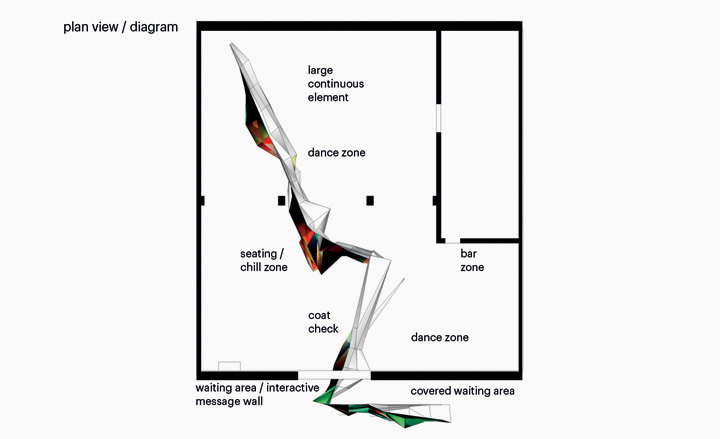
Heineken club designs: digital development of the floor plan by Lee Gibson, ODE designer
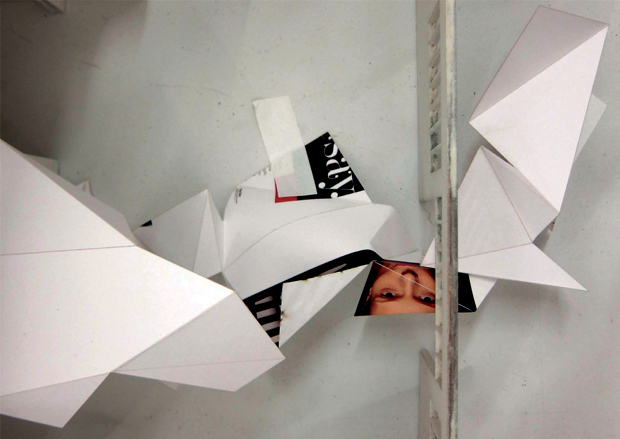
Heineken club designs: the origami wall in development. Lee Gibson, ODE designer
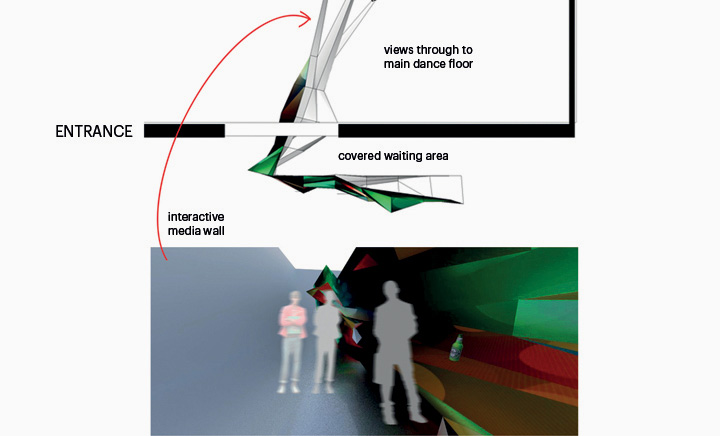
Heineken club designs: a sketch of the origami wall that guides people from outside the club to inside. Lee Gibson, ODE designer

Heineken club designs: sketch by Lee Gibson showing how the origami element flows through the club to create mutliple spaces. Lee Gibson, ODE designer
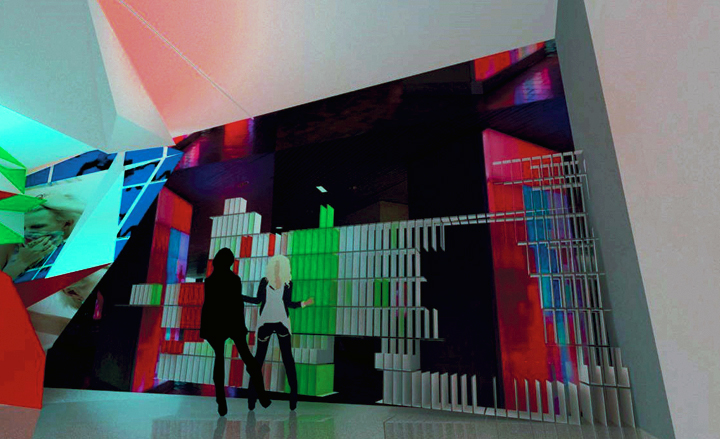
Heineken club designs: digital rendering of the bottle-holder shelving by Lee Gibson, ODE designer
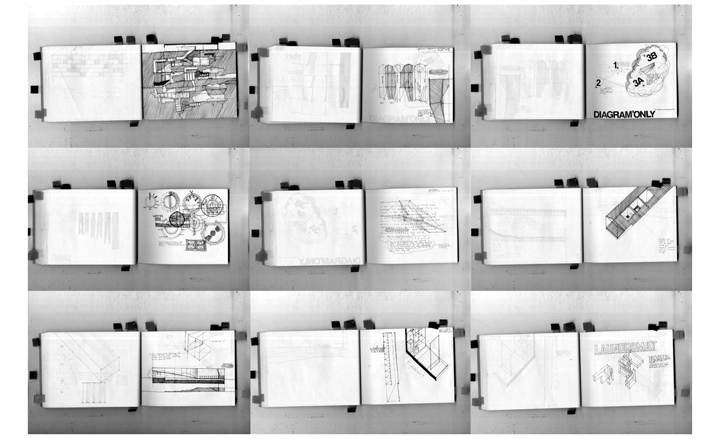
ODE designer Lee Gibson portfolio: a selection of notebook sketches 2010
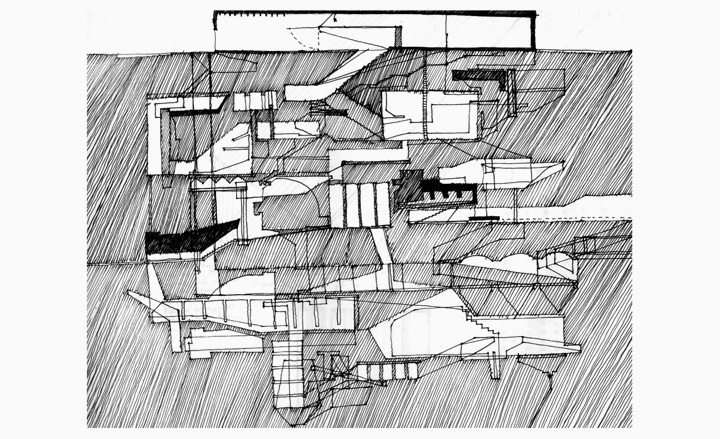
ODE designer Lee Gibson portfolio: a detailed notebook sketch, laundromat design project, Parsons New School of Design, 2010

ODE designer Lee Gibson portfolio: Left - sketch analysis of Muller Villa staircase (Adolf Loos, 1932) graphite on paper, 2010. Right - digital rendering of atmosphere/lighting as part of Masters thesis at Parsons New School of Design, 2011
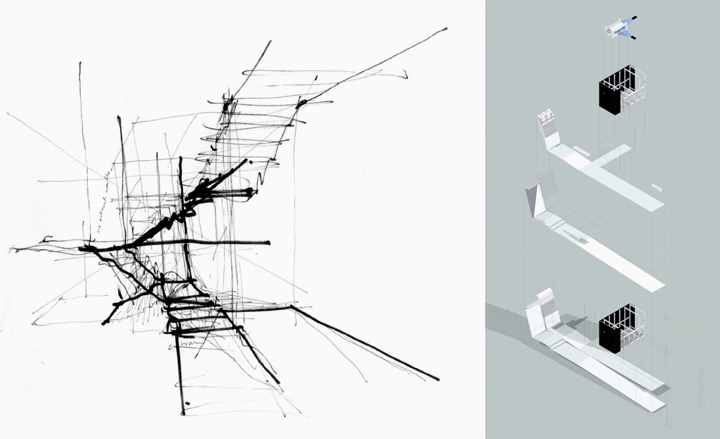
ODE designer Lee Gibson portfolio: composite image drawing and diagram
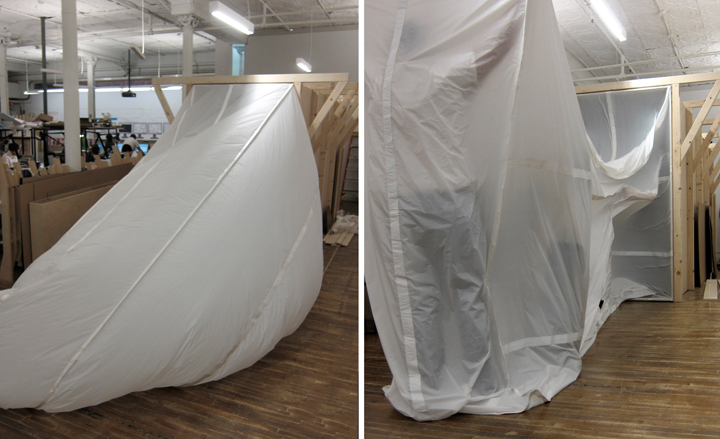
ODE designer Lee Gibson portfolio: corridor project, Parsons New School of Design, 2010. In collaboration with Kimberly Kelly, Malgorzata Rodek and Elizabeth Parker

ODE designer Lee Gibson portfolio: composite image sketches and photographs, Design Studio, Parsons New School of Design
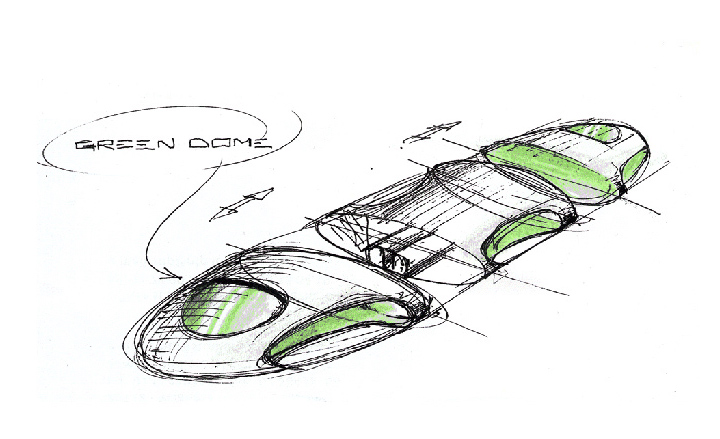
ODE mentor Fabio Rotella portfolio: sketch of his Summer Club, designed and built for Heineken
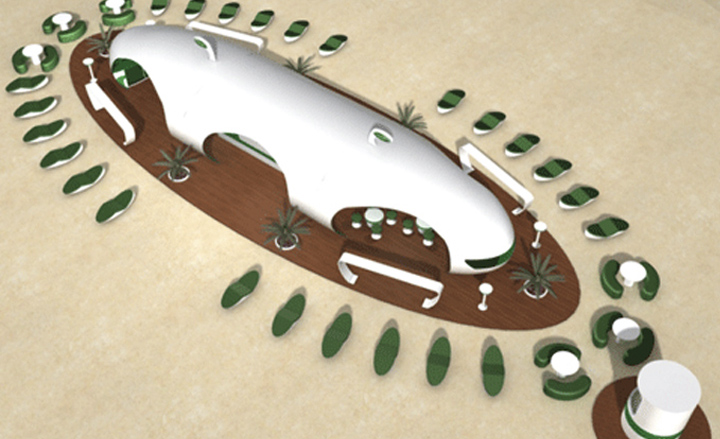
ODE mentor Fabio Rotella portfolio: the Heineken Summer Club is designed to be built in areas where there is direct contact to the surrounding environment
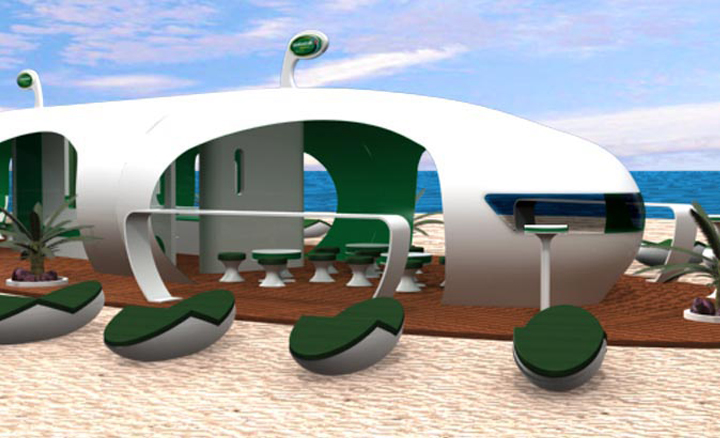
ODE mentor Fabio Rotella portfolio: Digital rendering of the Heineken Summer Club

ODE mentor Fabio Rotella portfolio: The Heineken Summer Club

ODE mentor Fabio Rotella portfolio: The Heineken Summer Club interior

ODE mentor Fabio Rotella portfolio: The Heineken Summer Club innovative furniture designs
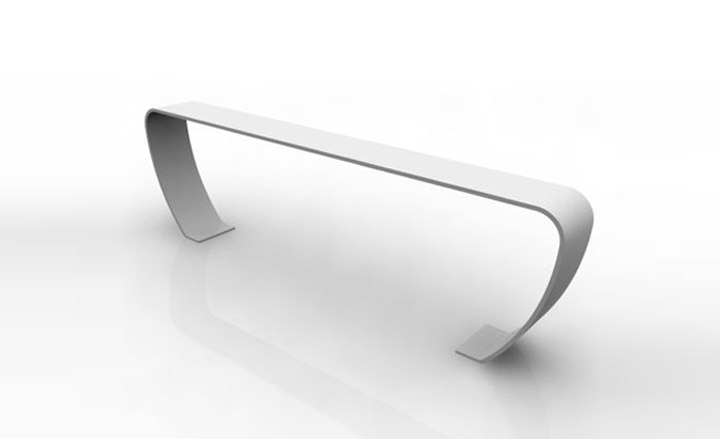
ODE mentor Fabio Rotella portfolio: The Heineken Summer Club innovative furniture designs
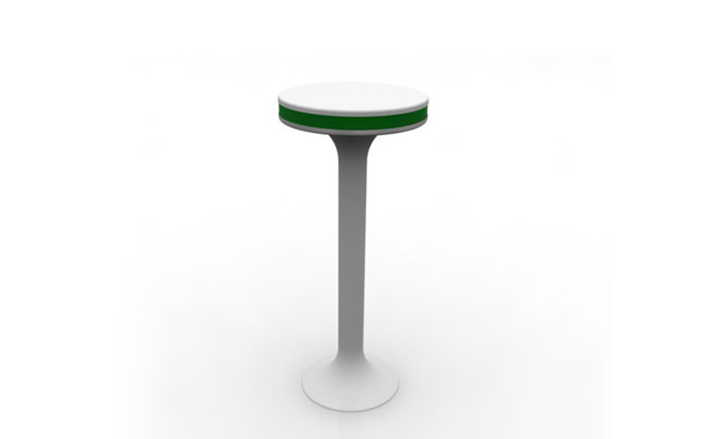
ODE mentor Fabio Rotella portfolio: The Heineken Summer Club innovative furniture designs
Receive our daily digest of inspiration, escapism and design stories from around the world direct to your inbox.
Rosa Bertoli was born in Udine, Italy, and now lives in London. Since 2014, she has been the Design Editor of Wallpaper*, where she oversees design content for the print and online editions, as well as special editorial projects. Through her role at Wallpaper*, she has written extensively about all areas of design. Rosa has been speaker and moderator for various design talks and conferences including London Craft Week, Maison & Objet, The Italian Cultural Institute (London), Clippings, Zaha Hadid Design, Kartell and Frieze Art Fair. Rosa has been on judging panels for the Chart Architecture Award, the Dutch Design Awards and the DesignGuild Marks. She has written for numerous English and Italian language publications, and worked as a content and communication consultant for fashion and design brands.
-
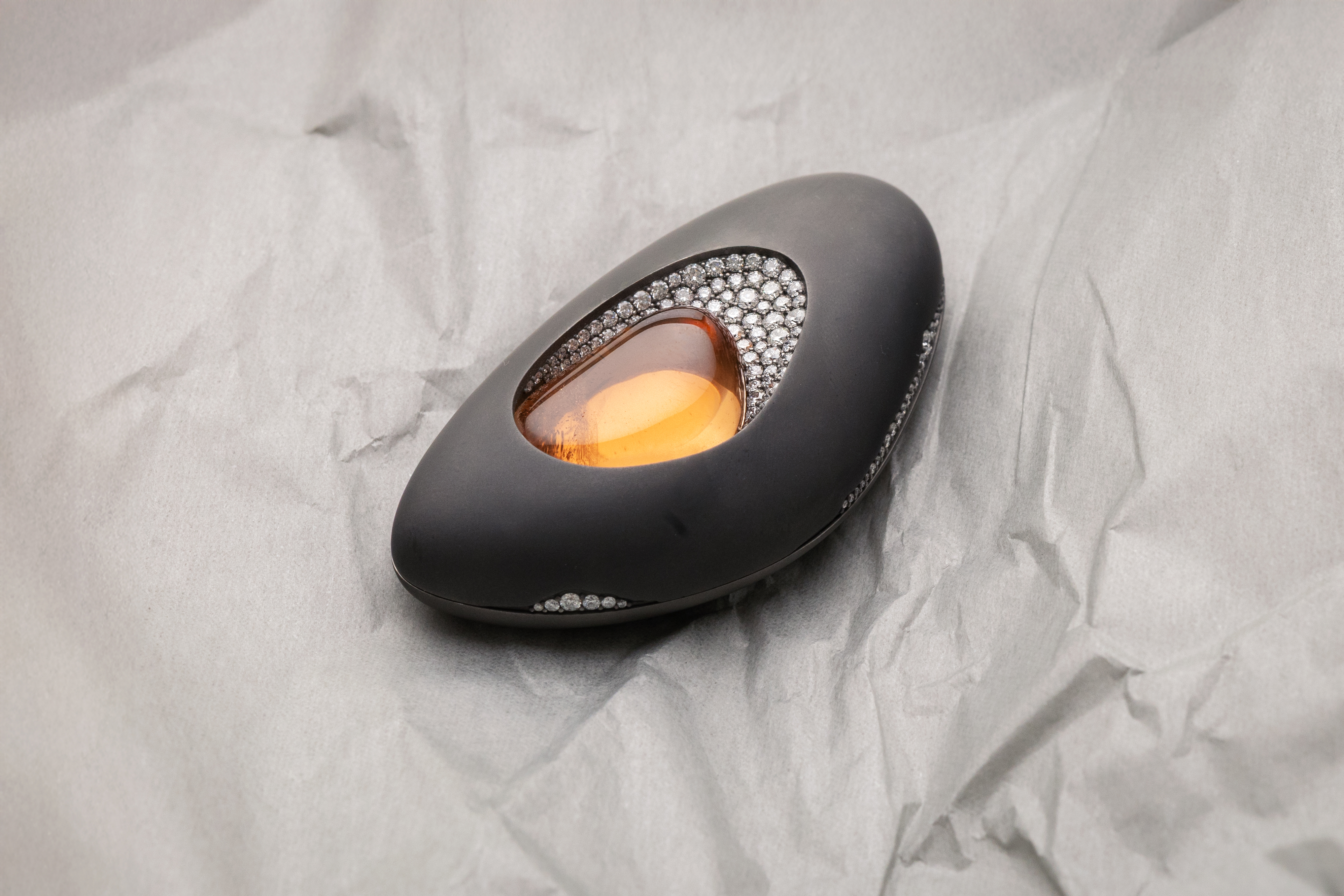 Discover the cool and offbeat designs of jeweller Inesa Kovalova
Discover the cool and offbeat designs of jeweller Inesa KovalovaInesa Kovalova's jewellery celebrates a mix of mediums and materials
-
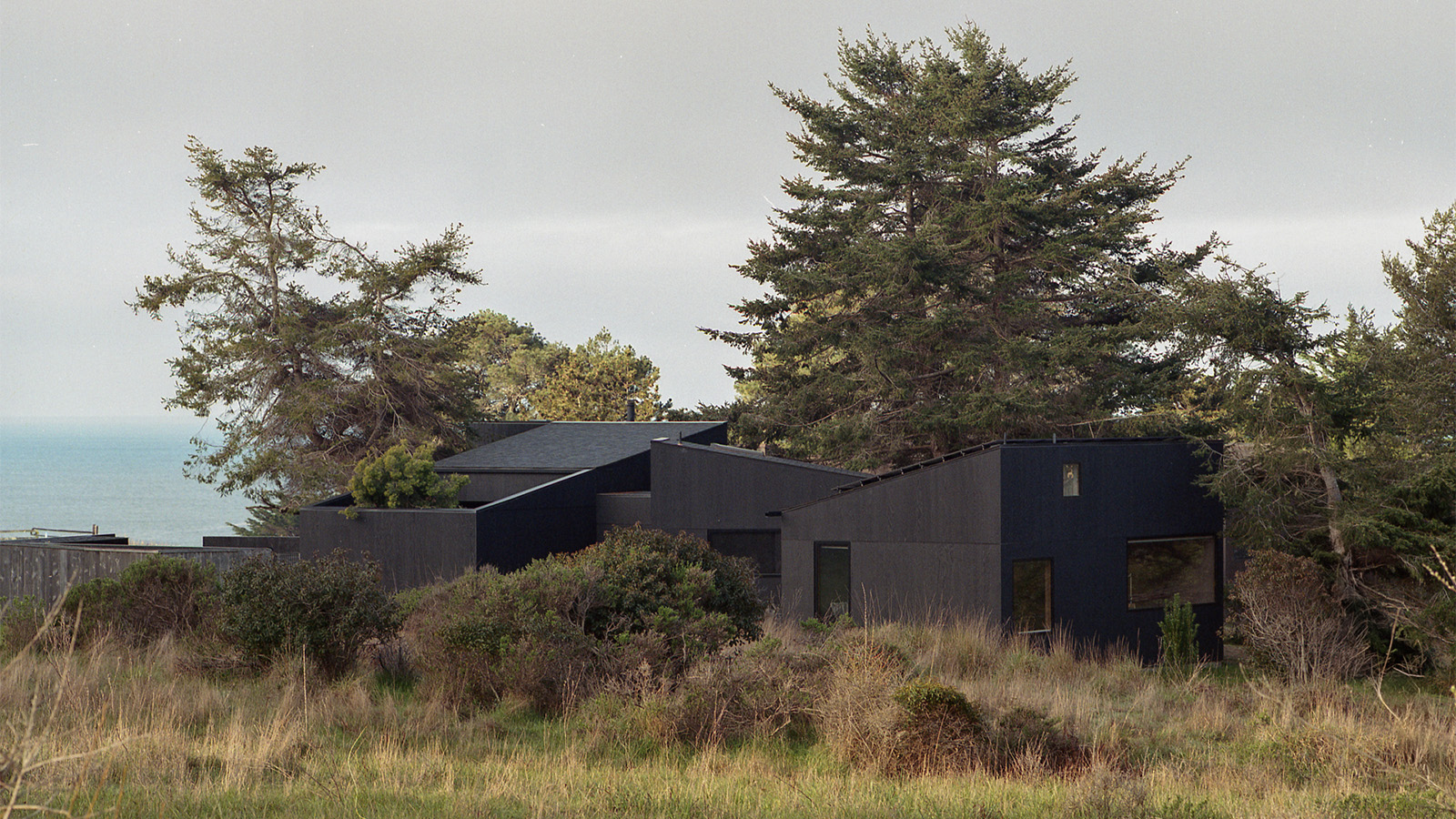 A group of friends built this California coastal home, rooted in nature and modern design
A group of friends built this California coastal home, rooted in nature and modern designNestled in the Sea Ranch community, a new coastal home, The House of Four Ecologies, is designed to be shared between friends, with each room offering expansive, intricate vistas
-
 Men’s Fashion Week A/W 2026 is almost here. Here’s what to expect
Men’s Fashion Week A/W 2026 is almost here. Here’s what to expectFrom this season’s roster of Pitti Uomo guest designers to Jonathan Anderson’s sophomore men’s collection at Dior – as well as Véronique Nichanian’s Hermès swansong – everything to look out for at Men’s Fashion Week A/W 2026